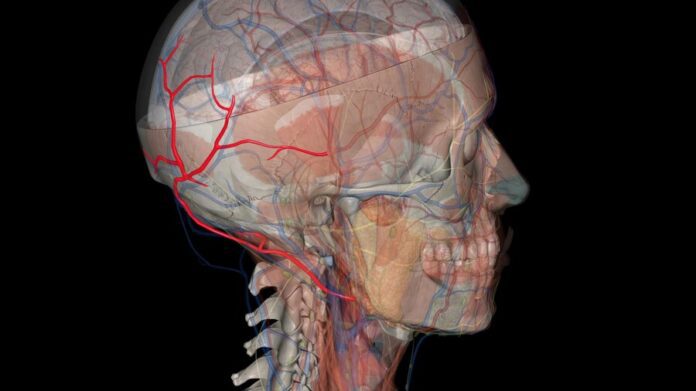Occipital Lymph Nodes – The lymphatic system is pretty cool. From how it’s built to what it does, this complex network of pipes sprawls out through the body just like a railway system. The lymphatic system has nodes we never consider, including the occipital ones. While these nodes tend to go under our radar, they play a big part in keeping our bodies healthy—especially regarding the head and neck regions. This article will cover everything you need to know about occipital lymph nodes.
Let’s Talk About Lymph
Before diving into details, though, let’s take a high-level look at the lymphatic system and what it generally does. Picture its vessels as highways that carry around immune cells and colorless fluid full of them called lymph. It filters out all sorts of nasty things from this fluid before returning it to your bloodstream—which helps keep us safe from harm.
The node part of this system acts like little sanitation stations for your body (and you thought your house was clean). When lymph flows through these nodes, something unique happens: powerful immune cells neutralize harmful agents, which prevents them from entering your bloodstream with the rest of the filtered fluid.
Speaking specifically now, occipital lymph nodes do their thing by attacking anything harmful that could have gotten in through your scalp and posterior neck area.
Where Are They?
Occipital ones are part of a group known as posterior cervical nodes. And just like I said earlier, they’re located on the other side of your head, close to where your skull meets up with your neck bone. Each node isn’t huge; about pea-sized, actually—but their small size doesn’t mean they’re not powerhouse players in defending against infections.
How They Like To Show Themselves
When one or both sides start bulging due to an illness—such as an infection or cancer—it can cause pain and swelling in the area. Doctors and patients both need to understand where these nodes are located so they can keep an eye on them.
If the nodes seem to be swelling or are tender when touched, this may mean an active immune response is going on. This can happen in viral and bacterial infections, common colds, shingles, and scalp infections. In other cases, such swelling could be dangerous — a symptom of more severe conditions. That’s why healthcare experts look at the occipital lymph nodes during physical assessments; this way, they monitor how a patient’s nodes’ size, texture, and tenderness change.
Symptoms of Occipital Lymph Nodes Issues
Occipital lymph node issues show their symptoms in different ways. For instance:
- Pain is felt right over the affected nodes.
- The affected area is swollen – warm to the touch.
- Tenderness appears when touched.
When you experience these symptoms, your nodes respond to stimuli around them. There can be several causes for these responses, including:
- Infections: Commonly, lymph nodes react to infections happening close to them (head or neck), one of the most common symptoms being swelling.
- Inflammation: Painful enlargement comes from inflammatory conditions like sarcoidosis.
- Cancer: When a malignancy originates within the node or spreads from nearby tissues, lymph nodes will also enlarge.
You should immediately seek medical evaluation if you notice any abnormalities in the occipital lymph nodes, even more so if those changes persist or bring other concerning symptoms.
Treatment and Care
Proper care for problems with occipital lymph nodes depends on what caused it in the first place. If we’re dealing with an infection here, resting, hydrating often, and relieving pain are reasonable steps forward. If bacteria had something to do with it, then a therapy full of antibiotics might be necessary. But if cancer is indeed responsible for your illness, treatment will have to address that problem through surgery or chemotherapy (or both).
To take better care of your lymphatic system and potentially prevent issues:
- Lifestyle Measures: Staying healthy and active and supporting your immune system are essential. Regular exercise, a balanced diet, and proper hydration are some things you can do to help.
- Hygiene Practices: Bad hygiene often leads to infections that might mess with the occipital lymph nodes so regularly washing your scalp and caring for it correctly is a must!
- Regular Check-ups: See a healthcare provider occasionally; they’ll do routine check-ups on you. It’s always better to find out about an issue with your occipital nodes early if there is one.
Conclusion
The lymphatic system works in complex ways; its nodes, too, have their role (as we’ve seen with the occipital ones). By understanding where these nodes are located and how they work — as well as how critical their health is to ours — we set ourselves up for success when spotting potential health issues early through self-examination or regular medical check-ups. Knowledge about our bodies’ systems, such as the occipital lymph nodes, is crucial to good health.

